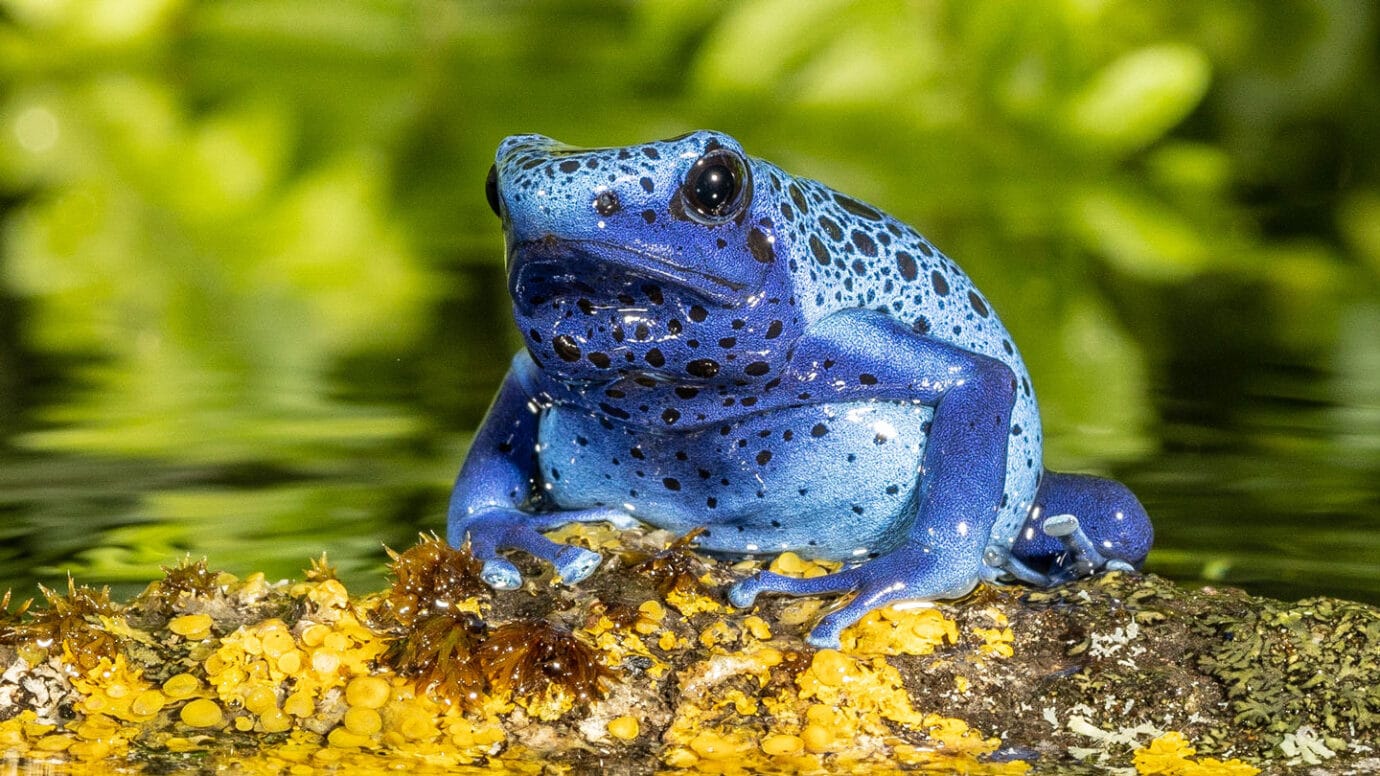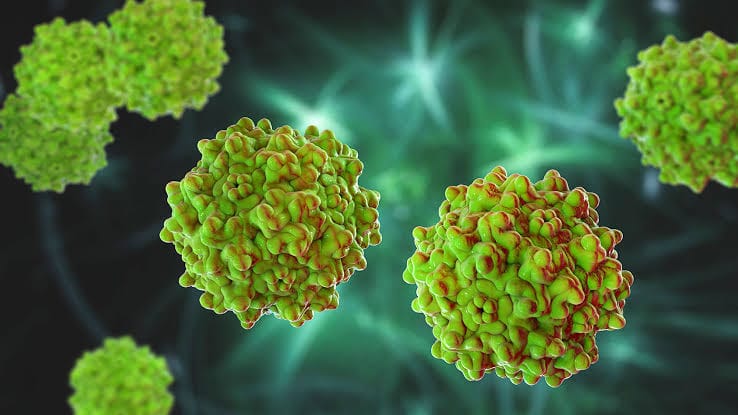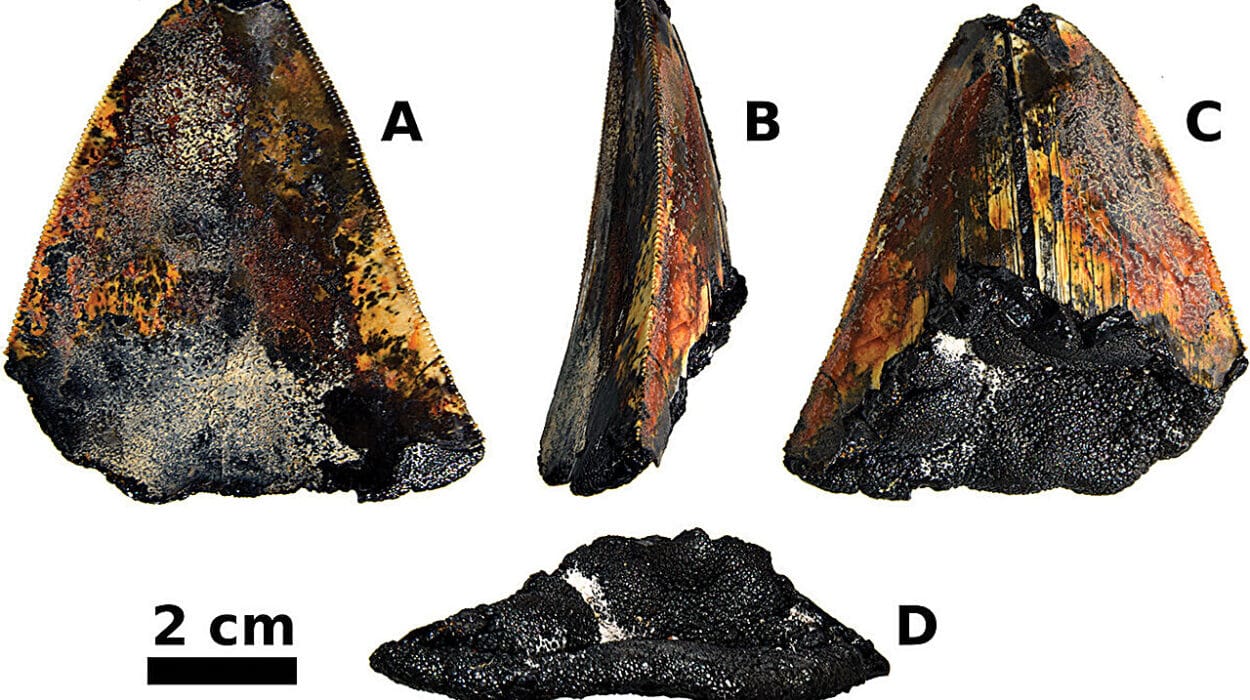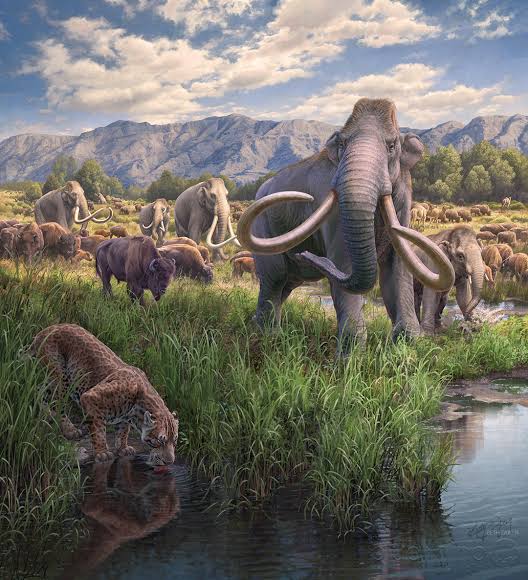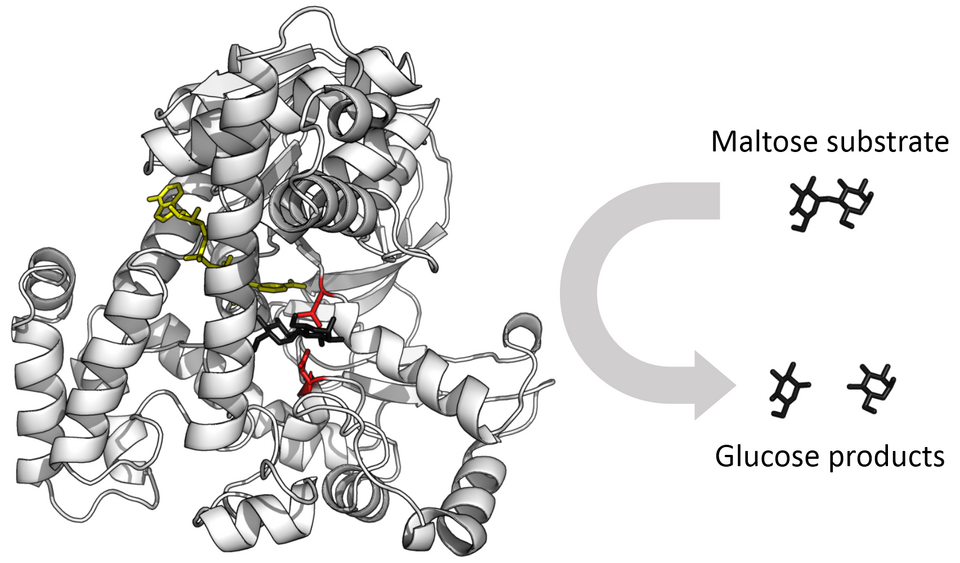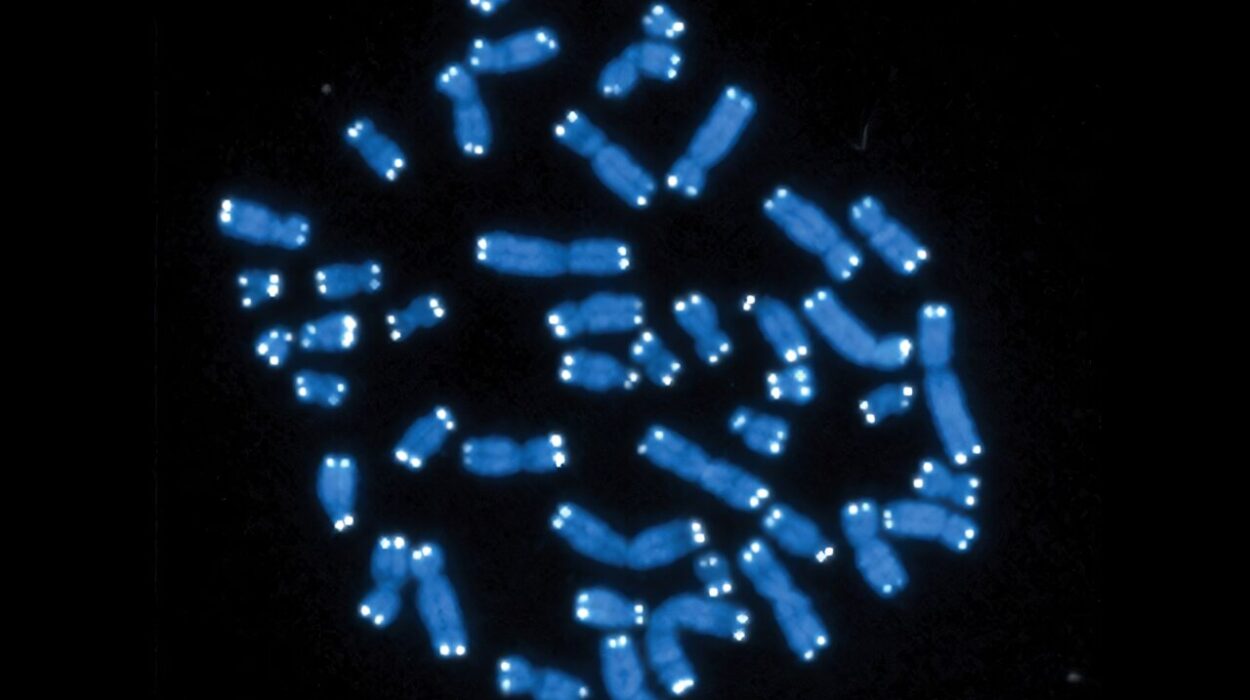There is a unique kind of magic that unfolds silently beneath the ripples of a still pond or in the dark, damp recesses of a rainforest floor. It is the magic of transformation—of creatures that begin life in water, gasping through gills like fish, only to grow legs, lungs, and leaping strides. Amphibians are nature’s shape-shifters, born into one world and reborn into another. Their very name—derived from the Greek “amphi” (both) and “bios” (life)—tells the story of dual existence. Amphibians bridge water and land, the embryonic past and the terrestrial future, science and mystery.
The journey from egg to adult in amphibians is among the most remarkable biological narratives in the natural world. Their life cycle is not merely a progression of stages—it is an exquisite choreography of cellular alchemy, ecological timing, and evolutionary inheritance. It is a tale told by transformation, where limbs bud from flesh, tails dissolve like ghosts, and skin breathes alongside lungs. This story unfolds in frogs and toads, in salamanders and newts, and in the little-known but mesmerizing caecilians that slither unseen beneath our feet.
The Liquid Cradle: Laying of the Eggs
The amphibian life begins in a water-bound world, in quiet ponds, ephemeral rain puddles, shaded creeks, or moist forest floors. Here, under the veil of dew and shadow, adult amphibians return each breeding season to fulfill an ancient obligation—the laying of eggs.
Unlike birds or reptiles, most amphibians do not lay eggs protected by hard shells. Instead, their eggs are soft, gelatinous spheres, translucent and vulnerable. These eggs, enveloped in a thin layer of protective jelly, must remain moist or submerged to survive. Each one contains a single fertilized cell, suspended like a miniature planet in its own universe of water and light.
In frogs and toads, the female typically lays hundreds to thousands of eggs in clusters or strings, depending on the species. The male fertilizes them externally, often during amplexus—a reproductive embrace where he clasps the female and releases sperm over the eggs as she lays them. In salamanders, fertilization can be external or internal, and courtship often includes elaborate rituals, from scent-marking to tail undulations. Caecilians, the most secretive amphibians, display the greatest range of reproductive strategies, including internal fertilization, live birth, and even skin-feeding.
The eggs may rest undisturbed in hidden sanctuaries or float openly in watery nurseries. Within them, under the surface of this simple jelly, complex processes of cell division, differentiation, and morphogenesis begin. Amphibian development is astonishingly fast—many species hatch within days to weeks, depending on temperature, oxygen availability, and water quality. The embryonic journey unfolds with breathtaking precision as clusters of cells arrange themselves into the blueprints of life.
Emerging from the Sphere: Hatching into a New World
The hatching of an amphibian is a quiet revolution. With a flicker of movement, a tiny creature breaks free from its gelatinous shell and enters the world—a larva still tethered to water, still breathing through gills, and still bearing little resemblance to the adult it will become.
In frogs and toads, the larval stage is known as a tadpole—a limbless, tail-propelled swimmer with an oval body, long coiled intestine, and external or internal gills. The tadpole feeds primarily on algae or detritus and uses a specialized mouthpart to scrape surfaces, making it an essential part of freshwater ecosystems. Its round black eyes, lack of limbs, and wiggling tail give it an otherworldly charm, as though it were a dream of a creature not yet finished.
Salamander larvae, though more developed at birth, are equally captivating. They hatch with limbs already forming, gills fluttering outside the head like feathery ornaments, and a predatory instinct that soon sets them apart. These larvae are often voracious carnivores, feeding on aquatic invertebrates or even each other in the scramble for survival.
Caecilian larvae are rarely seen but no less remarkable. Some species bypass the larval stage entirely, hatching as miniature adults, while others develop in the bodies of their mothers or in moist soil, emerging already adapted for a secretive, subterranean life.
The larval stage can last for weeks, months, or even years, depending on the species and environment. This period is not a pause but a preparation, a training ground in which the organism gathers the energy, nutrients, and strength it needs for its coming transformation. But beneath the surface of their youthful existence, change is already stirring.
The Biology of Becoming: Metamorphosis Begins
Metamorphosis in amphibians is not simply a cosmetic change; it is a radical and irreversible re-engineering of the body. Triggered by hormonal shifts—especially the surge of thyroid hormones—the amphibian begins to dissolve its old self to make way for the new. It is as if the animal must die in one form to be reborn in another.
In frog tadpoles, the process begins with the appearance of hind limbs, followed by the emergence of forelimbs, often concealed under a layer of skin until they push through dramatically. The gills retract and are replaced by lungs. The tail begins to shrink, its tissues reabsorbed to provide nutrients for the developing body. The digestive system undergoes profound changes, shortening dramatically to accommodate a carnivorous diet. The cartilaginous skeleton becomes ossified, muscles shift, nerves are rewired, and new behaviors—jumping, croaking, and hunting—emerge almost overnight.
Salamanders undergo a more gradual metamorphosis. Some species retain their larval features well into adulthood, a phenomenon known as neoteny or paedomorphosis. Others complete the transition more conventionally, growing limbs, shedding gills, and venturing onto land. Yet for all salamanders, metamorphosis is an intimate and individualized transformation—one that may be shaped by temperature, food supply, and even social cues.
Caecilians, those enigmatic burrowers, challenge our notions of metamorphosis altogether. In some species, larvae are aquatic and undergo dramatic changes. In others, the transformation occurs internally, with the young emerging fully formed and ready to dig. Their metamorphosis is often hidden from view but no less profound.
No matter the form it takes, metamorphosis is a marvel of biological coordination. Thousands of genes are activated and silenced. Organs are dismantled and rebuilt. The very architecture of the creature is rewritten. It is not just a change in shape—it is a rebirth of identity.
Adulthood and Ascent: Life on Land
The adult amphibian, whether frog, toad, salamander, or caecilian, is a creature of duality. Though it breathes air and often lives on land, it retains an intrinsic connection to water. Its skin must remain moist to allow for cutaneous respiration—a vital process through which oxygen is absorbed directly from the air or soil. Its reproductive cycle, too, remains anchored to the aquatic world. In this way, the adult is both emancipated from water and forever drawn back to it.
Adult frogs and toads are built for mobility. Frogs are sleek, long-legged leapers, adapted for life on the move. Toads, more squat and rough-skinned, often walk or hop, using their warts and toxins as a defense against predators. Both rely on vocal communication, with males producing a rich diversity of calls to attract mates, establish territory, or ward off rivals.
Salamanders, with their lizard-like bodies and stealthy movements, are masters of the undergrowth. Many are nocturnal, feeding on worms, insects, and other small invertebrates. Some, like the fire salamander, boast vivid coloration as a warning to predators. Others, like the giant salamanders of Asia, can reach over five feet in length and live for decades in cold mountain streams.
Caecilians, still largely a mystery to science, are the most cryptic of all. These limbless, snake-like amphibians are adapted for burrowing, with powerful skulls and sensitive tentacles that detect vibrations and chemical cues underground. Their lives are largely hidden from human eyes, but they are no less extraordinary, with species that nurse their young with secretions or layers of skin, and others that care for their offspring in subterranean nurseries.
As adults, amphibians play critical roles in ecosystems. They control insect populations, recycle nutrients, and serve as prey for birds, mammals, and reptiles. Their sensitive skin makes them early indicators of environmental change. In every habitat they occupy, amphibians are both keystone species and evolutionary ambassadors—reminders of the water’s edge where life once stepped onto land.
The Fragile Future: Threats and Conservation
The amphibian life cycle is a story of resilience, but also of fragility. Today, amphibians face a convergence of threats unprecedented in their evolutionary history. Habitat destruction, climate change, pollution, invasive species, and the devastating chytrid fungus have driven nearly half of all known amphibian species into decline. Over 40 percent are now threatened with extinction.
Their dependence on both aquatic and terrestrial habitats makes them especially vulnerable. A drained wetland, a polluted stream, or a drying forest can disrupt every stage of their life cycle—from egg-laying to metamorphosis. Their skin, once an evolutionary marvel, now exposes them to environmental toxins and pathogens. The very qualities that make them biological wonders also make them ecological sentinels.
Yet, hope remains. Conservation efforts around the world are racing to protect amphibians through habitat restoration, captive breeding, genetic studies, and environmental monitoring. International organizations, local communities, and passionate scientists are working together to unravel the complexities of amphibian decline and create paths to recovery.
Education plays a vital role. By understanding the life cycle of amphibians, people begin to see not just animals, but ecosystems, processes, and shared destinies. Amphibians are not expendable. They are indicators of planetary health, ancient survivors of evolutionary upheavals, and mirrors of our own vulnerability in a changing world.
The Circle Renewed
Every spring, as the rains return and the world awakens from its winter sleep, amphibians once again emerge to begin the cycle anew. Males call into the night, their voices echoing over misty waters. Females arrive, drawn by scent, sound, and instinct. Eggs are laid, lives are born, and the great transformation begins once more.
In this ceaseless cycle—from egg to larva, from larva to metamorph, from metamorph to adult—there lies a lesson for all of us. It is a lesson in change, in adaptation, in the beauty of becoming. Amphibians remind us that growth is not always linear, that transformation can be messy and miraculous, and that sometimes we must let go of who we were to become who we are meant to be.
They are the silent poets of the forest floor, the dreamers of the pond’s surface, the ancient architects of life on land. To watch an amphibian grow is to witness a masterpiece unfolding in real time. To protect them is to honor the story of life itself—a story as fragile as a raindrop and as enduring as the Earth.
